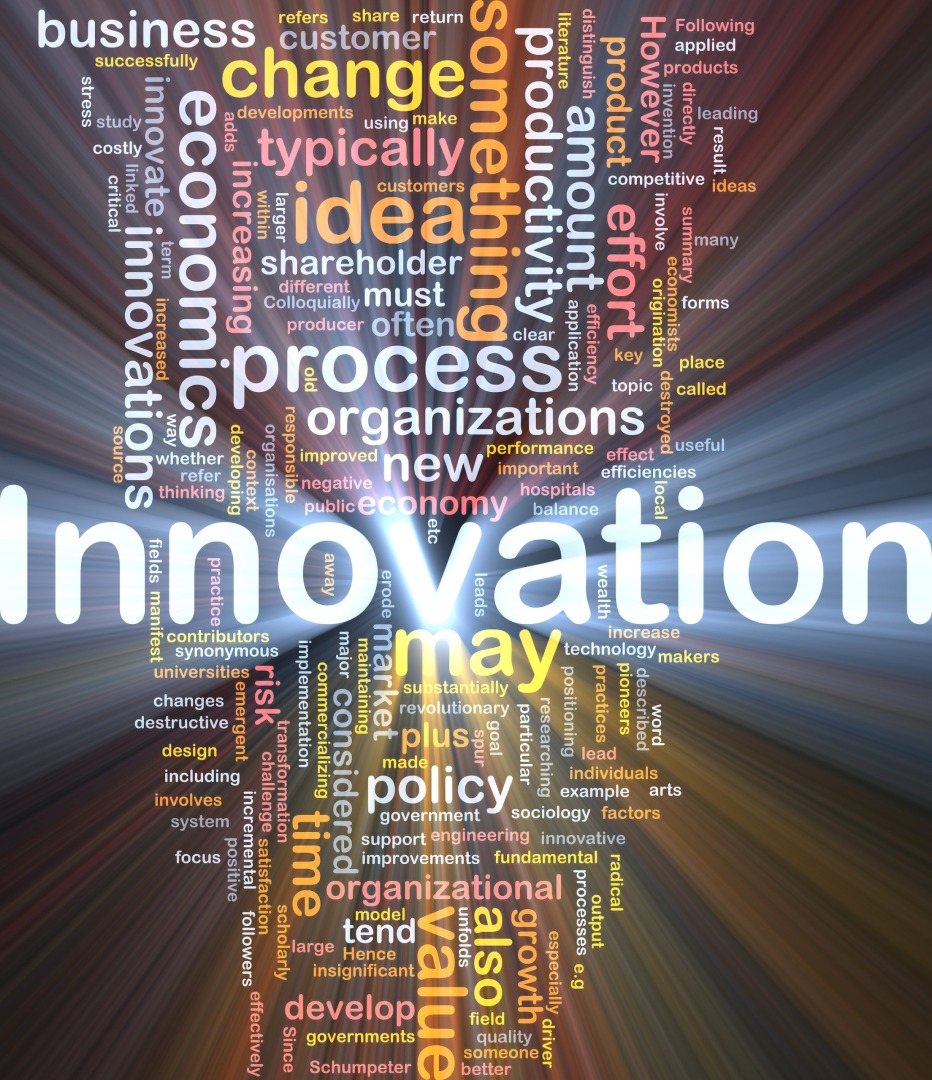Comments
- No comments found

Employees are your biggest asset when it comes to business innovation and driving transformational change.
Now, when I say “innovation,” many business leaders think of those large-scale, revolutionary advancements that propel organizations to the forefront of their industry. These big ideas are what I call “transformational innovation,” and they are what business leaders dream of. Every leader looks to fully transform innovation his or her industry landscape and see a tremendous ROI as a result.
While transformational innovation is what we all strive to achieve, it does not just fall out of the sky. Likewise, these are the innovations that take place over the course of time, not overnight. Transformational innovation requires many small stepping stones to turn that dream into reality. In other words, it is “everyday innovation” that gets you to that transformational innovation end goal.

The best way to reach those revolutionary innovations and become masters of everyday innovation is to create a culture where continuous improvement and everyday innovation is at the core of everything you do. Embracing innovation is essential for fostering a culture where continuous improvement and everyday innovation is at the core of everything you do. And it all starts with your team!
Anticipatory Leaders around the world agree with me: Employees are your biggest asset, especially when it comes to innovation. They are the ones on the ground floor of your operation, interacting daily with products, services, and customers. By opening the door to the unique insights and perspectives of your hard-working employees, you encourage them to think with an Anticipatory Mindset. This supports not only a united Futureview® but a culture of continuous improvement — and sets your organization on the road to groundbreaking creative ideas.
To encourage this type of thinking throughout your workforce, you simply have to reward the behaviors that foster this type of culture.
About a decade ago, LinkedIn instituted what they call the LinkedIn [in]cubator. Once a quarter, everyday employees are encouraged to come up with an idea, put together a team, and pitch that idea to the executive members of the staff. If the idea is approved, the team has three months to turn its idea into a product or service, with free and full use of the capital necessary to effectively execute it.
What an inclusive way to incentivize employees at every level to help positively influence the company!


Google, a long-standing innovation giant that we all know, has a policy that allows employees to dedicate 20% of their time, or one day a week, to working on anything of their choosing. Whether the project they choose is related to their regular work responsibilities or not, they get the option to be creative.
These initiatives serve as examples of successful innovation, demonstrating how structured programs can lead to significant advancements and employee engagement.
And what a difference that makes. Google is still one of the most innovative organizations in the world.
These are all examples of innovation labs. Innovation labs indirectly and directly encourage employees to identify pain points for their customer base or organization as a whole, allowing them not only to think creatively to solve future problems but to see the results of their hard work.
While many of these innovation labs are competition based, rewarding employees based on the merit of their innovative new ideas through financial rewards, time off, work flexibility, or even rights to the idea is a way to empower them. All Anticipatory Organizations know that constant business innovation is the true key to longevity and significance — not striking gold on one idea that creates an overnight but momentary success.
Your employees are valuable assets and should be treated as trusted members of the team. Encouraging and incentivizing everyone to innovate will also prevent the managers at your organization from feeling overextended by having to carry this burden alone. Your whole workforce is the whole team after all!
Empowered employees are a powerful force. When employees feel empowered, they are more likely to take initiative and bring creative innovative new ideas to the table, as they feel more invested in the success of the organization. Even better, empowered employees feel free to come up with some of the most brilliant everyday innovations that others might never think of.
And how do you empower your employees? By rewarding the behavior you want at your organization.

This is a simple yet powerful concept that is often overlooked by many business leaders. The companies in the innovation lab examples discussed above reward behaviors such as creativity, collaboration, and proactive problem solving. By aligning these desired behaviors with all types of rewards, these organizations indirectly teach their team to have an Anticipatory Mindset.
Instead of trying to guide your employees to this end result through a one-way, static form of communication and lecturing them, incorporate them. Don’t just tell them to have an Anticipatory Mindset about innovation and the future – encourage, inspire, incentivize, and reward them for having it.
When you do this, not only will your employees work towards everyday innovations in continuous improvement, but they will develop the foresight to predict future disruptions and innovation opportunities — thereby setting your organization up for significance and success.
Everyone works hard at an organization. To foster a culture of internal, organization-wide innovation, you must ensure that your employees have a real sense of purpose, and that they feel their contributions are seen. Meeting these needs will foster a culture of internal, organization-wide innovation and drive value creation through employee engagement and innovative solutions. And recognizing and rewarding the behaviors that lead to these outcomes is absolutely essential.
Remember to remind your employees along the way that becoming an < target="_blank"a rel="nofollow" href="https://www.burrus.com/store/the-anticipatory-organization-book/" rel="noopener noreferrer">Anticipatory Organization is not about doing everything right. It is about creating an environment where every person feels empowered to look towards the future — and to view Hard Trends and Soft Trends not as something to fear, but as something they can use to their advantage to propel the organization and all within it, including themselves, forward.
Daniel Burrus is considered one of the world’s leading futurists on global trends and innovation. The New York Times has referred to him as one of the top three business gurus in the highest demand as a speaker. He is a strategic advisor to executives from Fortune 500 companies, helping them to accelerate innovation and results by develop game-changing strategies based on his proven methodologies for capitalizing on technology innovations and their future impact. His client list includes companies such as Microsoft, GE, American Express, Google, Deloitte, Procter & Gamble, Honda, and IBM. He is the author of seven books, including The New York Times and Wall Street Journal best-seller Flash Foresight, and his latest book The Anticipatory Organization. He is a featured writer with millions of monthly readers on the topics of innovation, change and the future and has appeared in Harvard Business Review, Wired, CNBC, and Huffington Post to name a few. He has been the featured subject of several PBS television specials and has appeared on programs such as CNN, Fox Business, and Bloomberg, and is quoted in a variety of publications, including The Wall Street Journal, Financial Times, Fortune, and Forbes. He has founded six businesses, four of which were national leaders in the United States in the first year. He is the CEO of Burrus Research, a research and consulting firm that monitors global advancements in technology driven trends to help clients profit from technological, social and business forces that are converging to create enormous, untapped opportunities. In 1983 he became the first and only futurist to accurately identify the twenty technologies that would become the driving force of business and economic change for decades to come. He also linked exponential computing advances to economic value creation. His specialties are technology-driven trends, strategic innovation, strategic advising and planning, business keynote presentations.
Leave your comments
Post comment as a guest